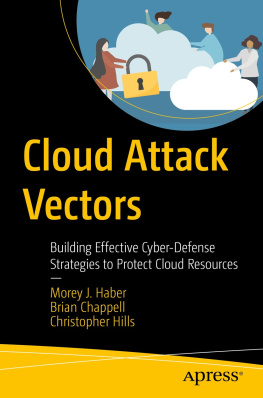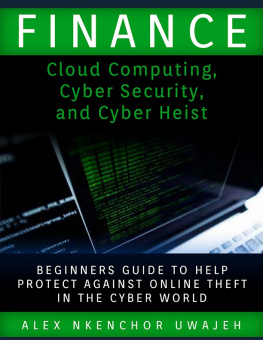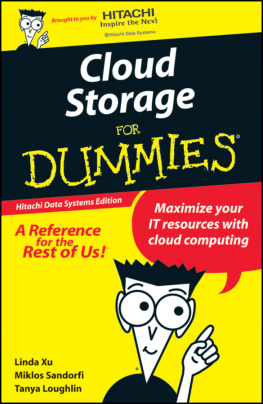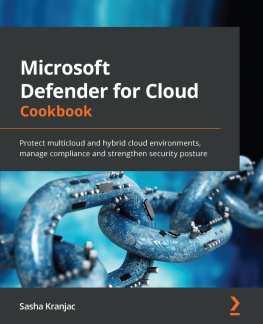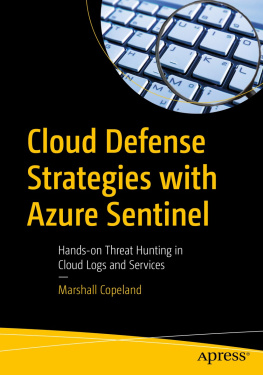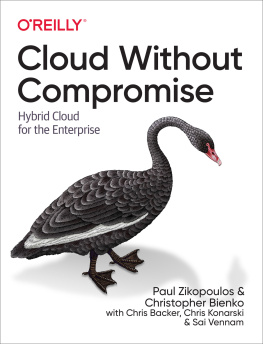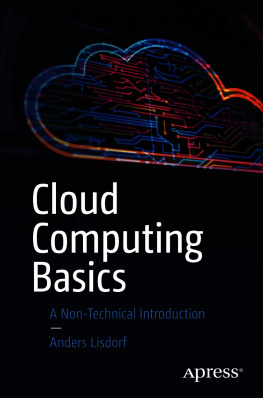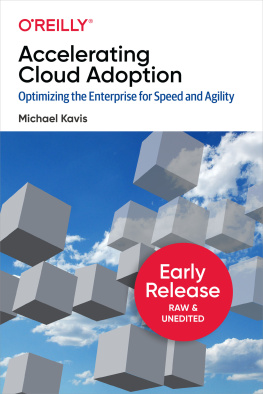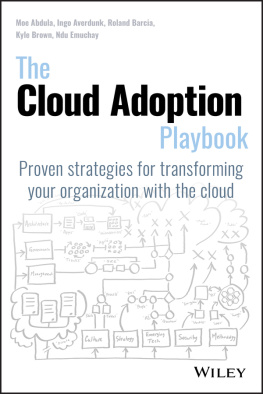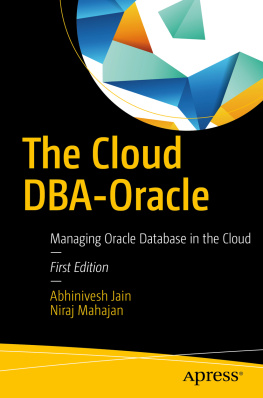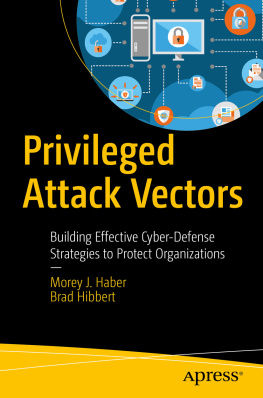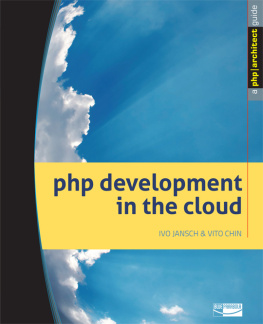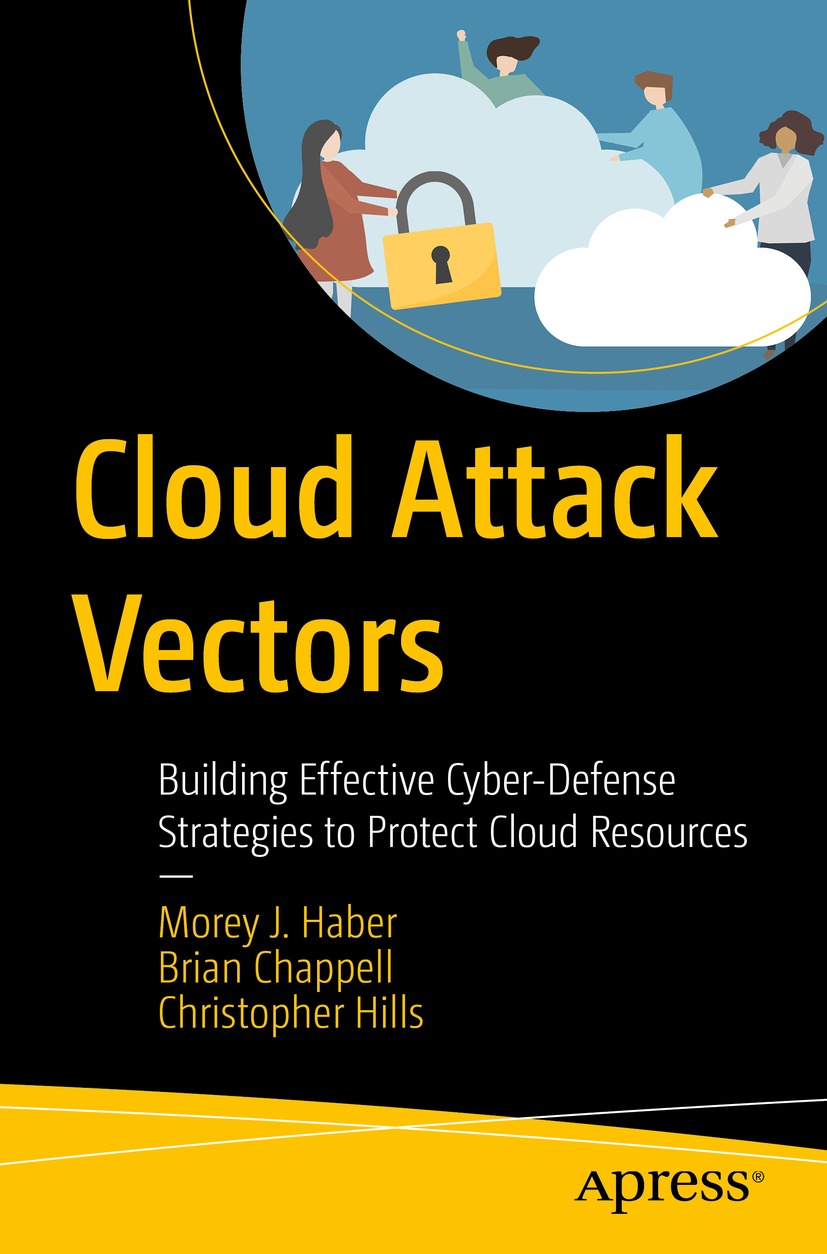Morey J. Haber - Cloud Attack Vectors: Building Effective Cyber-Defense Strategies to Protect Cloud Resources
Here you can read online Morey J. Haber - Cloud Attack Vectors: Building Effective Cyber-Defense Strategies to Protect Cloud Resources full text of the book (entire story) in english for free. Download pdf and epub, get meaning, cover and reviews about this ebook. year: 2022, publisher: Apress, genre: Politics. Description of the work, (preface) as well as reviews are available. Best literature library LitArk.com created for fans of good reading and offers a wide selection of genres:
Romance novel
Science fiction
Adventure
Detective
Science
History
Home and family
Prose
Art
Politics
Computer
Non-fiction
Religion
Business
Children
Humor
Choose a favorite category and find really read worthwhile books. Enjoy immersion in the world of imagination, feel the emotions of the characters or learn something new for yourself, make an fascinating discovery.
- Book:Cloud Attack Vectors: Building Effective Cyber-Defense Strategies to Protect Cloud Resources
- Author:
- Publisher:Apress
- Genre:
- Year:2022
- Rating:5 / 5
- Favourites:Add to favourites
- Your mark:
Cloud Attack Vectors: Building Effective Cyber-Defense Strategies to Protect Cloud Resources: summary, description and annotation
We offer to read an annotation, description, summary or preface (depends on what the author of the book "Cloud Attack Vectors: Building Effective Cyber-Defense Strategies to Protect Cloud Resources" wrote himself). If you haven't found the necessary information about the book — write in the comments, we will try to find it.
Cyberattacks continue to increase in volume and sophistication, targeting everything owned, managed, and serviced from the cloud. Today, there is widespread consensusit is not a matter of if, but rather when an organization will be breached. Threat actors typically target the path of least resistance. With the accelerating adoption of cloud technologies and remote work, the path of least resistance is shifting in substantive ways. In recent years, attackers have realigned their efforts, focusing on remaining undetected, monetization after exploitation, and publicly shaming organizations after a breach.
New, innovative, and useful products continue to emerge and offer some cloud protection, but they also have distinct limitations. No single, standalone solution or strategy can effectively protect against all cloud attack vectors or identify all malicious activity. The simple fact is that the cloud is based on a companys assets being offered as services. As a result, the best security any organization can achieve is to establish controls and procedures in conjunction with services that are licensed in the cloud.
Cloud Attack Vectors details the risks associated with cloud deployments, the techniques threat actors leverage, the empirically-tested defensive measures organizations should adopt, and shows how to improve detection of malicious activity.
What Youll Learn
- Know the key definitions pertaining to cloud technologies, threats, and cybersecurity solutions
- Understand how entitlements, permissions, rights, identities, accounts, credentials, and exploits can be leveraged to breach a cloud environment
- Implement defensive and monitoring strategies to mitigate cloud threats, including those unique to cloud and hybrid cloud environments
- Develop a comprehensive model for documenting risk, compliance, and reporting based on your cloud implementation
Who This Book Is For
New security professionals, entry-level cloud security engineers, managers embarking on digital transformation, and auditors looking to understand security and compliance risks associated with the cloudMorey J. Haber: author's other books
Who wrote Cloud Attack Vectors: Building Effective Cyber-Defense Strategies to Protect Cloud Resources? Find out the surname, the name of the author of the book and a list of all author's works by series.

